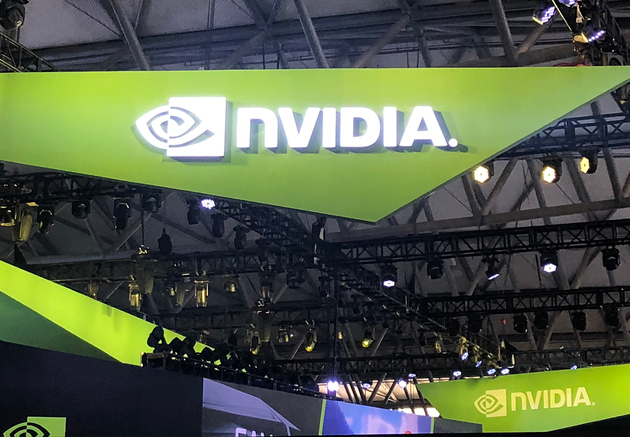
File Photo/NBD
On June 6th, NVIDIA’s stock closed down 1.18% at $1209.98, bringing its market capitalization down to $2.9765 trillion. The stock experienced a “flash crash” in the morning session, falling nearly 6% from the intraday record high set at the start of trading.
It’s noteworthy that investors holding NVIDIA shares after the market closed on June 6th will receive 9 additional shares for each share they own after the market closes on June 7th. The stock price will also be adjusted to reflect the split. On June 10th (next Monday), NVIDIA will begin trading at the adjusted price.
NVIDIA has a history of stock splits, with 2-for-1 splits occurring in 2000, 2001, and 2006, and a 3-for-2 split in 2007.
However, historical data suggests that stock splits are not necessarily catalysts for price increases. An analysis of 240 stock split cases in recent years in the U.S. stock market shows that these stocks had an average gain of only 0.44% in the two weeks following the split, with less than half outperforming the S&P 500 index. Six months post-split, these stocks had an average return of 6.6%, only slightly higher than the S&P 500’s 5.4% during the same period.
But NVIDIA’s historical performance post-split is much more impressive. After its 2021 split, NVIDIA’s stock price rose nearly 40% within six months, and since the last split, the stock price has increased by more than 500%.
U.S. regulatory authorities are set to conduct antitrust investigations into NVIDIA, Microsoft, and OpenAI On June 6th, local time, it was confirmed by a source familiar with the situation to CNBC that the U.S. Federal Trade Commission (FTC) and the Department of Justice (DOJ) will launch antitrust investigations into Microsoft, OpenAI, and NVIDIA to examine the influence of these powerful companies in the artificial intelligence industry.
The FTC will lead the investigation into Microsoft and OpenAI, while the DOJ will focus on NVIDIA. The investigations will concentrate on the companies’ behaviors rather than their merger and acquisition activities, according to the source.
On the same day, U.S. Treasury Secretary Janet Yellen attended a meeting of the Financial Stability Oversight Council (FSOC) concerning artificial intelligence and financial stability. In her opening remarks, she warned of the potential risks associated with financial institutions’ use of artificial intelligence technology.
Analysts say this is Yellen’s most extensive comment on artificial intelligence to date. A U.S. Treasury official revealed to the media that Yellen has also tried using an AI chatbot.
Yellen disclosed in her speech that artificial intelligence and financial stability are topics of high importance to the Biden administration and will become even more significant in the coming years. The “tremendous opportunities and significant risks” brought by financial companies’ use of artificial intelligence have become top priorities for the U.S. Treasury and the FSOC.
Yellen acknowledged that artificial intelligence offers great opportunities for the financial system, such as portfolio management through AI’s predictive capabilities, combating fraud and illegal financing through AI’s anomaly detection abilities, and the automation of customer service. With recent advancements, natural language processing, image recognition, and generative AI can help make financial services more cost-effective and accessible:
“We see that, if used properly, artificial intelligence can improve efficiency, accuracy, and the accessibility of financial products.”
However, she also cautioned that the use of AI by financial institutions, while promoting opportunities, comes with “significant risks.”


 川公网安备 51019002001991号
川公网安备 51019002001991号





